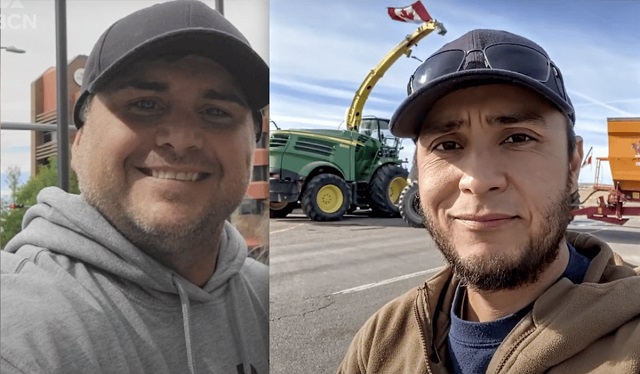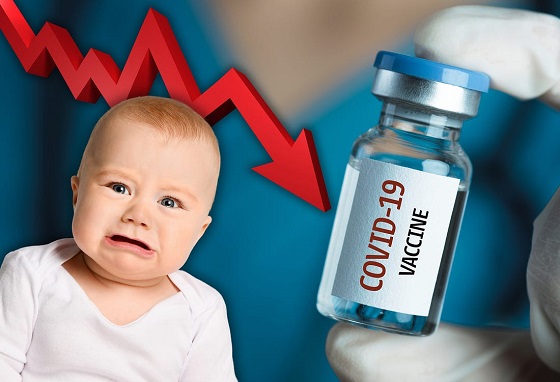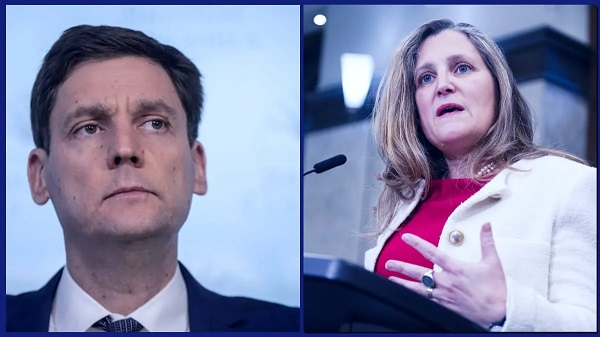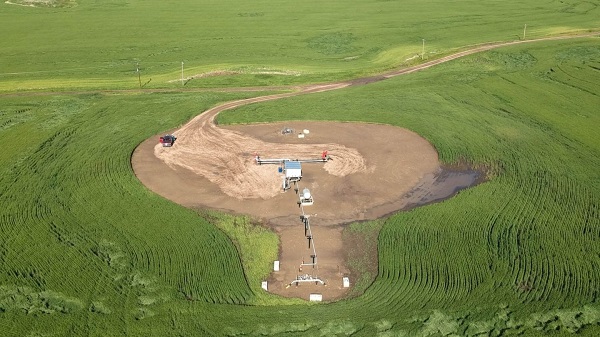COVID-19
2017 Influenza VS 2020 COVID19 – A comparison

We’ve all heard the claim “COVID19 is no worse than the flu”.
Is this true? Now that COVID19 has been around for about a year we can look at the numbers and make some definitive observations.
The first case of COVID19 in Canada was reported by Health Canada on Jan. 25, in a Toronto man who had recently travelled from Wuhan. Nine months later, COVID19 has swept the country, devastated economies, and is responsible for the death of over 12,000 Canadians. In some areas measures to control the spread seem to be working, in other areas despite a range of measures, it’s spreading rapidly. There’s still so many unknowns and COVID19 remains nearly as mysterious as when it first appeared. As usual in a situation where knowledge is lacking, fear is not. The Canada Suicide Prevention Service reported to the Canadian Press that in September, 18% of their calls came from people worried about their finances while 26% of their calls were from people very worried that they or someone close to them would contract COVID-19. It’s very likely the claim COVID is no worse than the flu is an understandable response and an attempt to calm this “fear of the unknown”. It is true that so far the survival rate is closer to 100% than it is to 99% for those of us under the age of 60, but can we truly compare COVID and influenza?
The first thing we have to do is dismiss any comparisons with the 1918 Spanish Flu Pandemic
The only other time millions of Canadians tried to protect themselves with masks was during the 1918 Spanish Flu Pandemic. Actually there is no comparison between the severity of these 2 viruses. The 1918 Spanish Flu was FAR more devastating. We can put this comparison to rest immediately. According to government figures the 1918 ” international pandemic killed approximately 55,000 people in Canada, most of whom were young adults between the ages of 20 and 40.” As of early December, COVID19 is responsible for under 12,500 deaths in Canada. There are fewer deaths (so far) and the age group most severely attacked is much, much older. The majority of COVID19 fatalities are at, or above the life expectancy of Canadians (82.37 years of age in 2019).
So what about the regular flu? Is it true that COVID19 is no worse that the (regular) flu?
Well if you’re going to make a claim that the flu is as bad as COVID19 you’d better pick a pretty bad flu season to compare. 2017 was a bad year for the flu in Alberta. About the worst in the past 10 years. According to the 2017 Seasonal Influenza Summary Reports on the Alberta Health Website:
2017 Influenza – 9,069 laboratory-confirmed influenza cases (the largest number of cases in the previous five seasons)
2017 Influenza – 3,053 hospitalizations, 242 ICU admissions and 92 deaths
Compare these numbers to the stats from the Province of Alberta’s COVID19 website.
2020 COVID19 (to Dec 4) – 64,261 positive tests
2020 COVID19 (to Dec 4) – 2,096 hospitalizations, 379 ICU admissions and 590 deaths.
Up to December 4 there were actually more people hospitalized due to the flu in the 2017 / 2018 season, but that number looks like it will tip toward COVID19 in the next week or less. The other numbers swing heavily toward COVID19 being worse than the flu. Furthermore, it’s important to note COVID19 is NOT behind us yet. So while the numbers here are current to the beginning of December, it could be nearly another year (when vaccines have been widely distributed everywhere) before we’re more-less finished with COVID19 in this first series of waves.
Our final answer
Within the next week or so (after 58 more people are hospitalized) COVID19 will conclusively be worse and in the end far worse than the flu in every category our health system measures.
Interesting Final Note
Having said all this, a remarkable thing is happening with the 2020 flu season. So far there isn’t one. According to Health Canada’s weekly FluWatch Report as of the end of November there is no evidence of community circulation of the flu virus in Canada. Officials are not sure why but they suggest the lack of positive flu tests may be related to the existence of COVID19.
COVID-19
Court compels RCMP and TD Bank to hand over records related to freezing of peaceful protestor’s bank accounts

The Justice Centre for Constitutional Freedoms announces that a judge of the Ontario Court of Justice has ordered the RCMP and TD Bank to produce records relating to the freezing of Mr. Evan Blackman’s bank accounts during the 2022 Freedom Convoy protest.
Mr. Blackman was arrested in downtown Ottawa on February 18, 2022, during the federal government’s unprecedented use of the Emergencies Act. He was charged with mischief and obstruction, but he was acquitted of these charges at trial in October 2023.
However, the Crown appealed Mr. Blackman’s acquittal in 2024, and a new trial is scheduled to begin on August 14, 2025.
Mr. Blackman is seeking the records concerning the freezing of his bank accounts to support an application under the Charter at his upcoming retrial.
His lawyers plan to argue that the freezing of his bank accounts was a serious violation of his rights, and are asking the court to stay the case accordingly.
“The freezing of Mr. Blackman’s bank accounts was an extreme overreach on the part of the police and the federal government,” says constitutional lawyer Chris Fleury.
“These records will hopefully reveal exactly how and why Mr. Blackman’s accounts were frozen,” he says.
Mr. Blackman agreed, saying, “I’m delighted that we will finally get records that may reveal why my bank accounts were frozen.”
This ruling marks a significant step in what is believed to be the first criminal case in Canada involving a proposed Charter application based on the freezing of personal bank accounts under the Emergencies Act.
Alberta
COVID mandates protester in Canada released on bail after over 2 years in jail

Chris Carbert (right) and Anthony Olienick, two of the Coutts Four were jailed for over two years for mischief and unlawful possession of a firearm for a dangerous purpose.
From LifeSiteNews
The “Coutts Four” were painted as dangerous terrorists and their arrest was used as justification for the invocation of the Emergencies Act by the Trudeau government, which allowed it to use draconian measures to end both the Coutts blockade and the much larger Freedom Convoy
COVID protestor Chris Carbert has been granted bail pending his appeal after spending over two years in prison.
On June 30, Alberta Court of Appeal Justice Jo-Anne Strekaf ordered the release of Chris Carbert pending his appeal of charges of mischief and weapons offenses stemming from the Coutts border blockade, which protested COVID mandates in 2022.
“[Carbert] has demonstrated that there is no substantial likelihood that he will commit a criminal offence or interfere with the administration of justice if released from detention pending the hearing of his appeals,” Strekaf ruled.
“If the applicant and the Crown are able to agree upon a release plan and draft order to propose to the court, that is to be submitted by July 14,” she continued.
Carbert’s appeal is expected to be heard in September. So far, Carbert has spent over two years in prison, when he was charged with conspiracy to commit murder during the protest in Coutts, which ran parallel to but was not officially affiliated with the Freedom Convoy taking place in Ottawa.
Later, he was acquitted of the conspiracy to commit murder charge but still found guilty of the lesser charges of unlawful possession of a firearm for a dangerous purpose and mischief over $5,000.
In September 2024, Chris Carbert was sentenced to six and a half years for his role in the protest. However, he is not expected to serve his full sentence, as he was issued four years of credit for time already served. Carbert is also prohibited from owning firearms for life and required to provide a DNA sample.
Carbert was arrested alongside Anthony Olienick, Christopher Lysak and Jerry Morin, with the latter two pleading guilty to lesser charges to avoid trial. At the time, the “Coutts Four” were painted as dangerous terrorists and their arrest was used as justification for the invocation of the Emergencies Act by the Trudeau government, which allowed it to use draconian measures to end both the Coutts blockade and the much larger Freedom Convoy occurring thousands of kilometers away in Ottawa.
Under the Emergency Act (EA), the Liberal government froze the bank accounts of Canadians who donated to the Freedom Convoy. Trudeau revoked the EA on February 23 after the protesters had been cleared out. At the time, seven of Canada’s 10 provinces opposed Trudeau’s use of the EA.
Since then, Federal Court Justice Richard Mosley ruled that Trudeau was “not justified” in invoking the Emergencies Act, a decision that the federal government is appealing.
-

 Also Interesting2 days ago
Also Interesting2 days agoEndorphina Slots: High-Quality Games Now at Zoome Casino Canada
-

 Agriculture2 days ago
Agriculture2 days agoCanada’s supply management system is failing consumers
-

 Economy2 days ago
Economy2 days agoTrump opens door to Iranian oil exports
-

 Alberta1 day ago
Alberta1 day agoCOVID mandates protester in Canada released on bail after over 2 years in jail
-

 Crime1 day ago
Crime1 day agoProject Sleeping Giant: Inside the Chinese Mercantile Machine Linking Beijing’s Underground Banks and the Sinaloa Cartel
-

 Business24 hours ago
Business24 hours agoCanada’s loyalty to globalism is bleeding our economy dry
-

 armed forces23 hours ago
armed forces23 hours agoCanada’s Military Can’t Be Fixed With Cash Alone
-

 Alberta1 day ago
Alberta1 day agoAlberta uncorks new rules for liquor and cannabis






